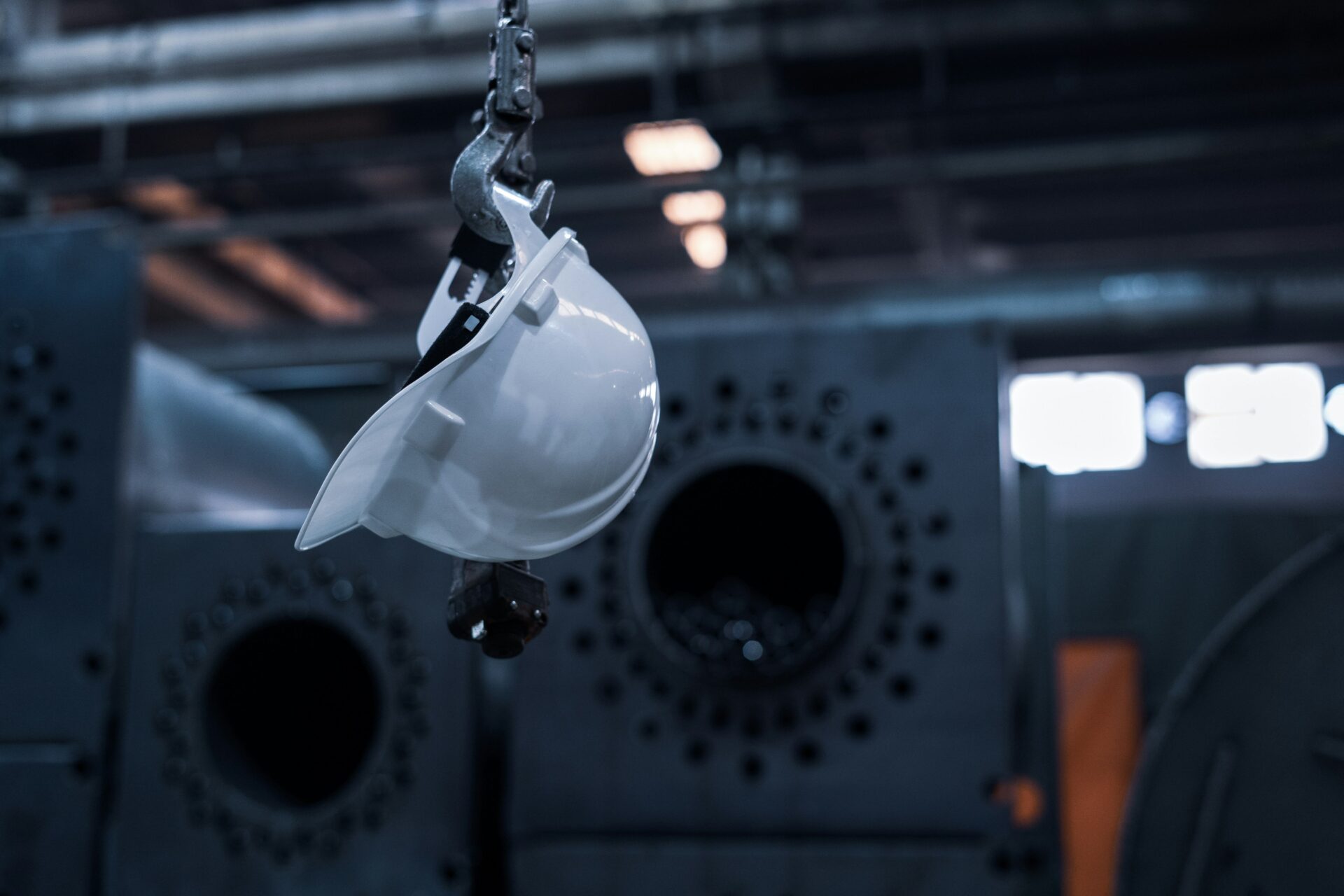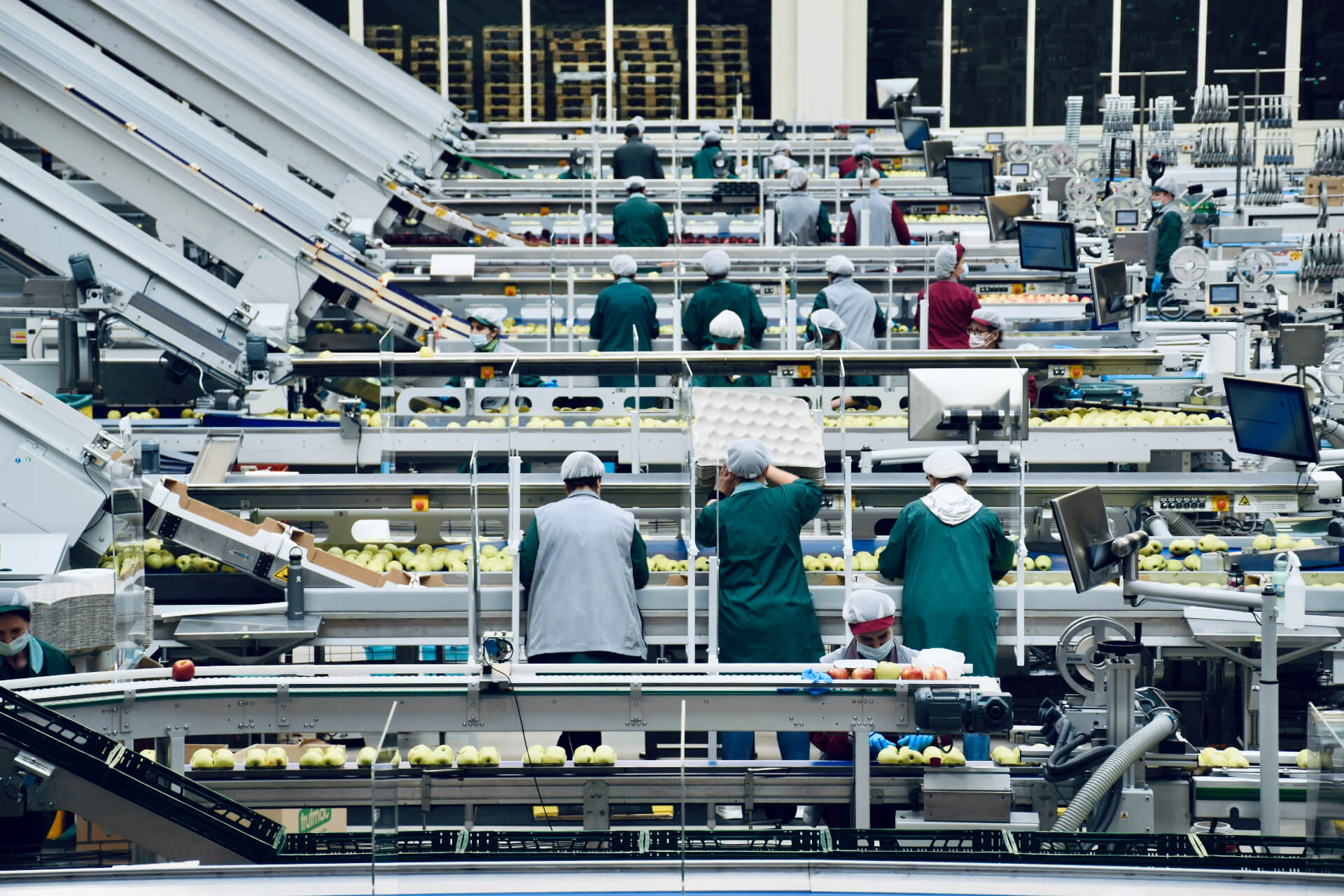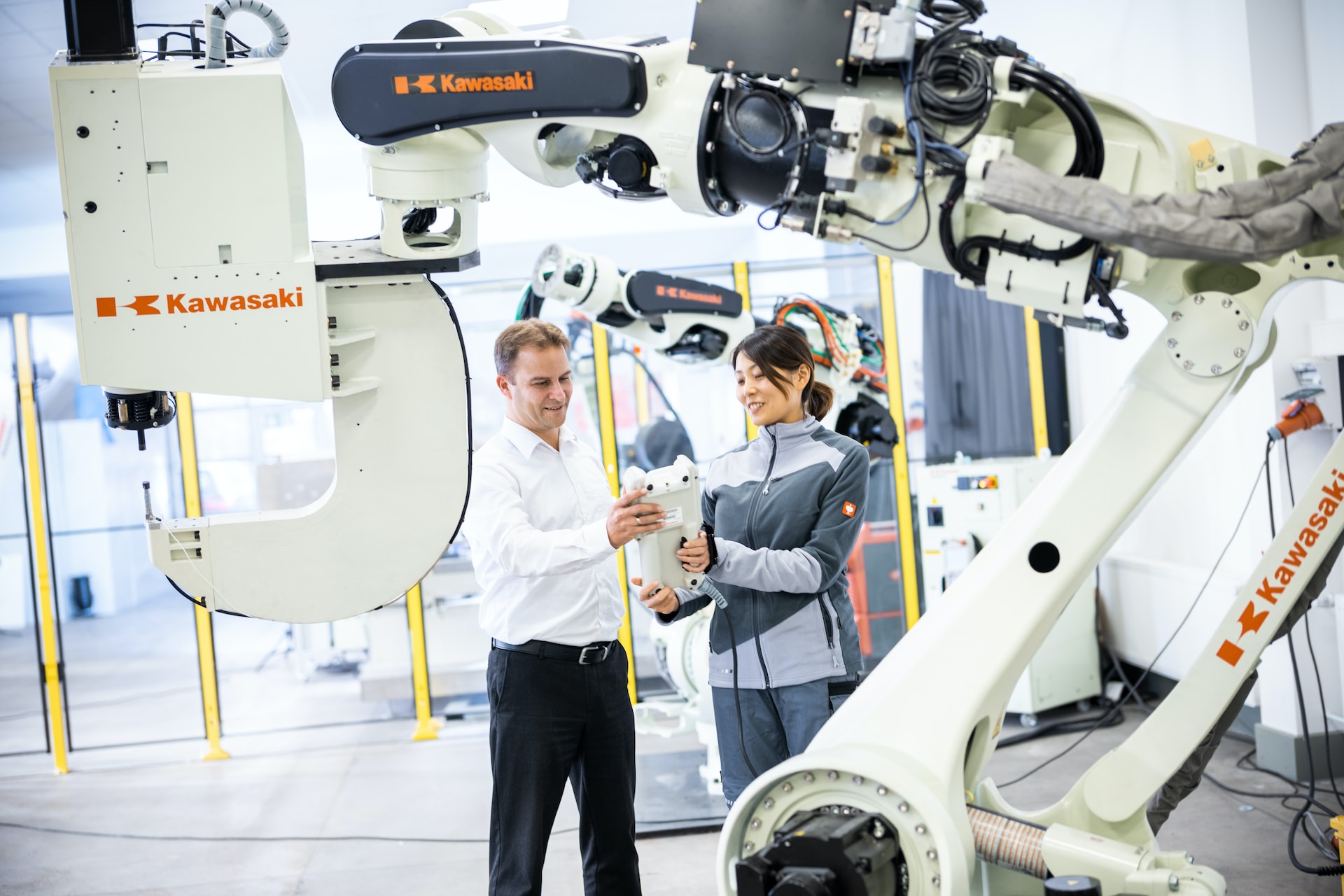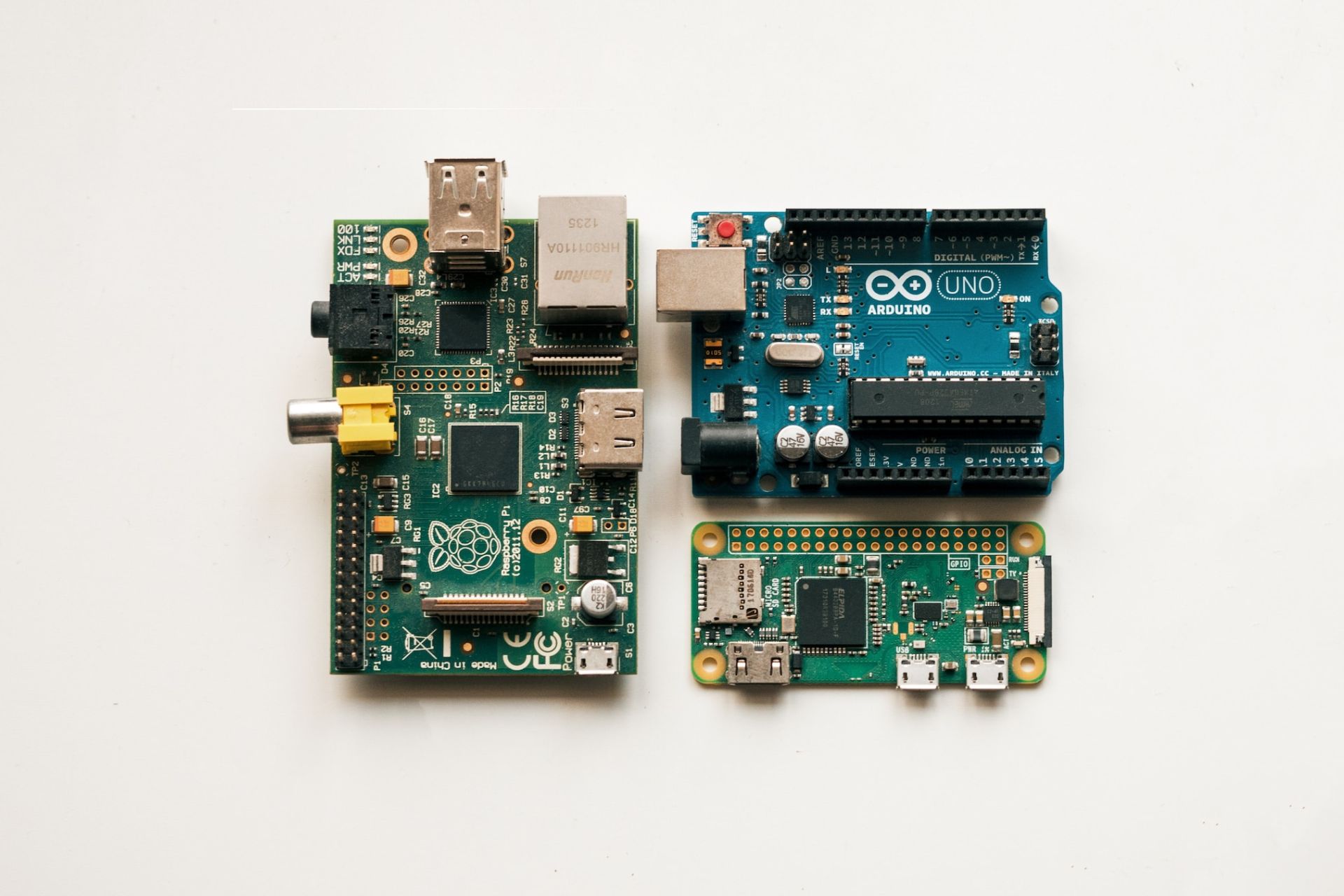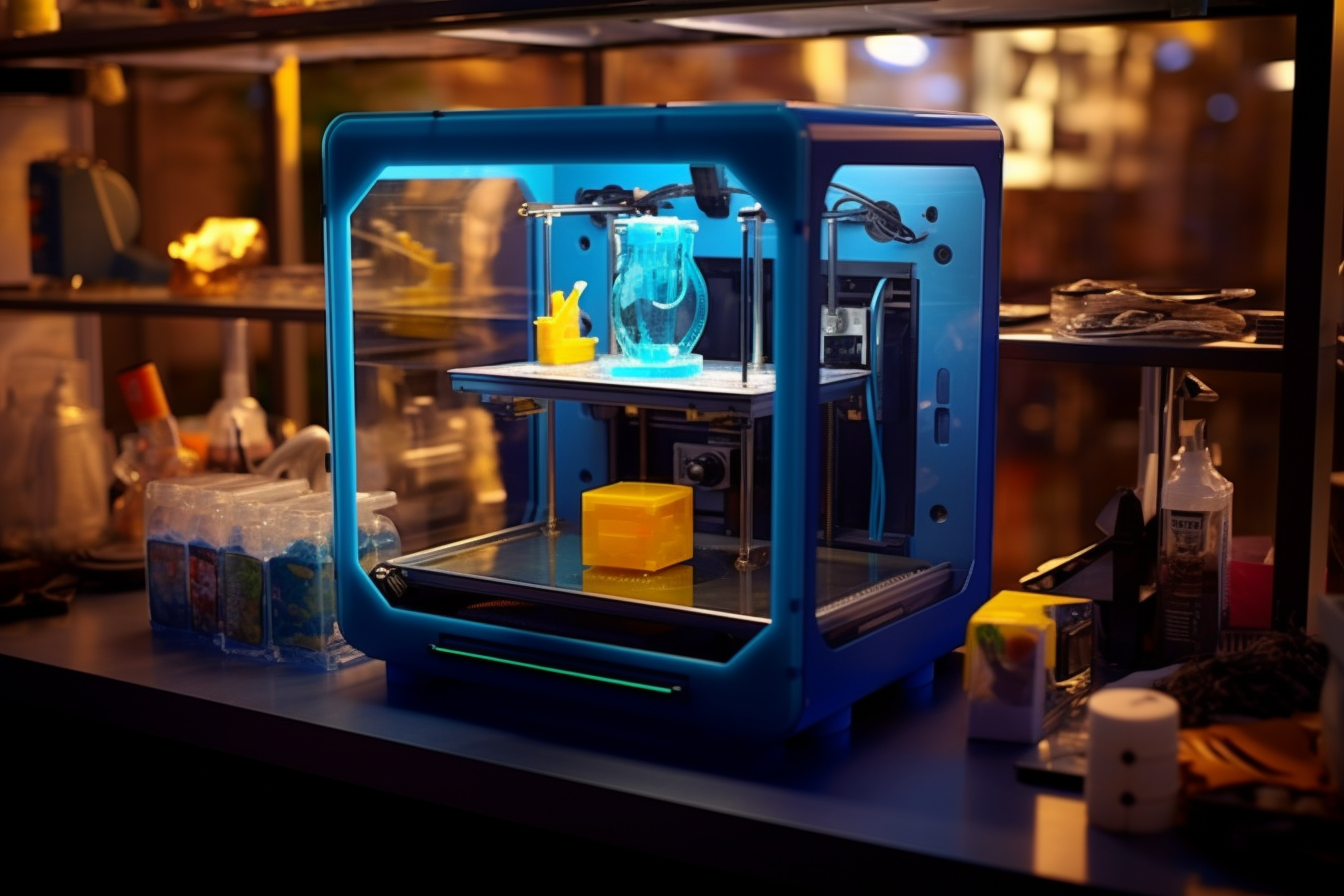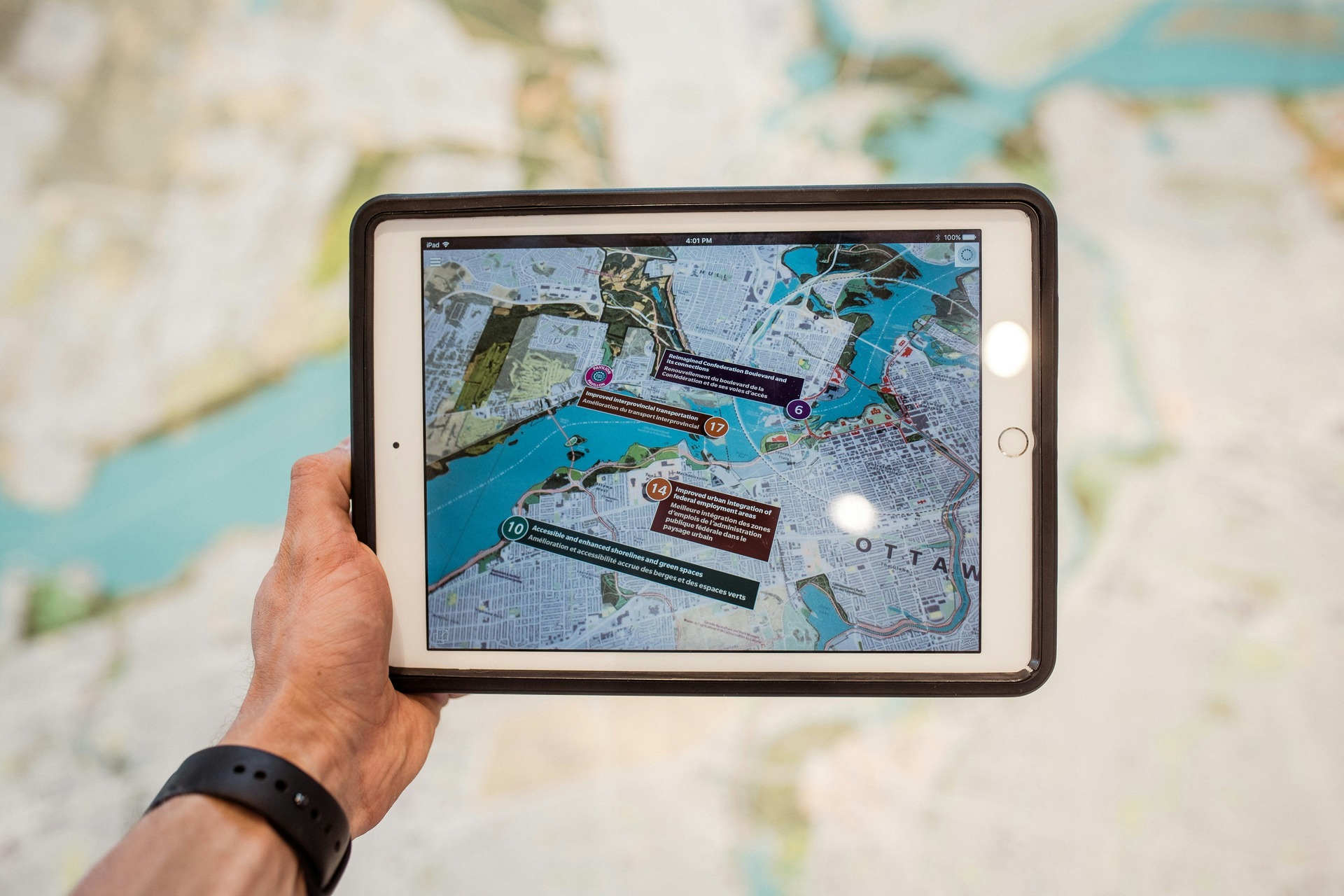
Augmented Reality in Construction Might Just Save Your Next Project
September 23, 2025 - Emily Newton
Revolutionized is reader-supported. When you buy through links on our site, we may earn an affiliate commission. Learn more here.
Augmented reality in construction is no longer just a cool tech buzzword. It’s quickly becoming essential for staying competitive and efficient on the jobsite. You’re not just dealing with bricks and beams anymore. Today’s projects face serious challenges like labor shortages, poor coordination across teams and costly rework that eats into timelines and budgets.
With AR, you can improve trade communication, streamline inspections and train workers faster with interactive guidance. Instead of flipping through paper plans or guessing measurements, your crew can see exactly what needs to be built and where they should be. In a world where every delay counts and every dollar matters, AR is your new jobsite superpower.
How AR Is Already Embedded in the Construction Life Cycle
AR isn’t just a preview of the future. It’s already part of the construction process from planning to final inspection. If you look closely, you’ll see how AI quietly transforms each stage of the project life cycle.
Design and Preconstruction
With AR in construction, you can overlay BIM models onto the physical space, making it easier to spot alignment issues before they become expensive problems. BIM helps you manage project data and workflows more efficiently, especially when keeping teams on the same page in real time. But when you pair it with AR, you can take collaboration to the next level.
Architects and contractors can visualize the build exactly as it should be. That means fewer mistakes, less rework and smoother communication across the board. You can also use AR walkthroughs to give stakeholders an immersive preview of the finished space, which speeds up design approvals and helps secure buy-in earlier in the process. It’s a faster way to keep your projects moving forward with fewer surprises.
Field Work and Assembly
With AR headsets or tablets, you can get real-time guidance during installation. There is no more juggling paper plans or second-guessing measurements. Augmented reality gives your crew step-by-step visuals on the jobsite, showing exactly where components should go and how they fit together.
This hands-on approach helps reduce measurement errors, eliminates the need for constant manual referencing and keeps work moving smoothly. By following precise digital overlays, your team can install with confidence, speed and accuracy, even on complex builds.
Training and Safety
AR changes how you train and protect your crew by bringing safety drills to life through immersive hazard simulations and guided procedural rehearsals. Instead of reading about dangers or watching outdated videos, your team can walk through realistic scenarios that sharpen their awareness and response without putting anyone at risk.
This kind of training is more important than ever. Nearly 20% of all workplace deaths in 2022 happened in the construction industry. With AR, you can upskill new workers faster, teach them how to spot and avoid hazards and help them build confidence before they step onto an active site. It’s a safer, more engaging way to get your team job-ready and reduce the chances of injuries or costly mistakes.
The ROI of Augmented Reality in Construction
Using augmented reality in construction gives you a major edge by reducing rework, improving installation accuracy and helping you build it right the first time. When your crew can visualize exactly where and how things should be placed, there’s less room for costly mistakes or miscommunication.
That kind of clarity also relieves a lot of pressure. People feel less anxious about messing up when they have real-time visual guidance. It builds confidence, speeds up the workflow and creates a more focused jobsite. Sure, investing in AR hardware and software comes with a price tag, but the long-term efficiency gains often outweigh the cost.
You’ll reduce material waste, avoid repeat labor and keep projects moving smoothly with fewer delays. AR is a stress reducer, time-saver and bottom-line booster for growing construction firms that want to scale smarter.
Technologies Powering Augmented Reality in Construction
AR on the jobsite is evolving fast thanks to advances in spatial computing and real-time cloud rendering. This gives you sharper visuals and faster performance where it matters most. With LiDAR sensors, your device can scan and understand the environment in incredible detail, ensuring every AR overlay lines up perfectly with physical structures.
Pair that with 5G connectivity, and you get seamless responsiveness, even on large or complex jobsites. This means no more lag or glitches — just real-time updates that keep your team aligned and moving. You unlock even more value when AR tools integrate with AI-powered project management systems.
Imagine automated defect detection that highlights issues as you walk the site, or task updates that sync instantly with your workflow platform. It’s not just about seeing digital models. It’s about making smarter, faster decisions with tech that works in sync across every construction phase.
AR and BIM Bring Real-Time Coordination
AR takes Building Information Modeling to the next level by making it truly actionable on-site. Instead of leaving detailed models in the office, you can bring them directly into the field, allowing your crew to interact with data in real time as they build. This hands-on process accelerates the construction industry’s digitalization process. It drives higher labor productivity, especially when your team can spot and solve issues instantly.
Using AR headsets, workers can perform real-time clash detection, identifying conflicts between systems like HVAC and electrical before installation begins. That means fewer surprises, smoother builds and far less rework. AR also opens the door to remote collaboration, where off-site engineers and designers can guide your team from anywhere.
Through AR annotations and shared live views, they can point out corrections, answer questions and keep the project aligned without stepping onto the jobsite. It’s a practical way to connect planning and execution while keeping everyone on the same digital page.
Challenges That Still Need Demolition
While AR in construction offers big advantages, it’s not without challenges, especially regarding hardware limitations and job site realities. Battery life can be short on demanding sites, and many AR headsets still struggle with field durability or performance under harsh weather conditions like dust, rain or extreme heat.
Then there’s the issue of data security and system compatibility. Integrating AR tools with older project management platforms or legacy software can be tricky, and not every firm has the IT support to make it seamless. Data sharing also raises concerns about who can access what and how safely.
Adoption can also be a hurdle, especially among seasoned crews who may be skeptical of new tech or prefer traditional tools. For AR to succeed, companies must invest in training, support and cultural buy-in across the team.
Building a Case for AR Now, Not Later
Augmented reality in construction isn’t just a futuristic wishlist item. It’s already solving real pain points, such as rework, miscommunication and project delays. Tech-forward companies should start small and deploy AR tools on manageable projects to see the impact firsthand. AR isn’t here to replace your crew. It’s here to help them build better, faster and safer.
Revolutionized is reader-supported. When you buy through links on our site, we may earn an affiliate commission. Learn more here.
Author
Emily Newton
Emily Newton is a technology and industrial journalist and the Editor in Chief of Revolutionized. She manages the sites publishing schedule, SEO optimization and content strategy. Emily enjoys writing and researching articles about how technology is changing every industry. When she isn't working, Emily enjoys playing video games or curling up with a good book.

